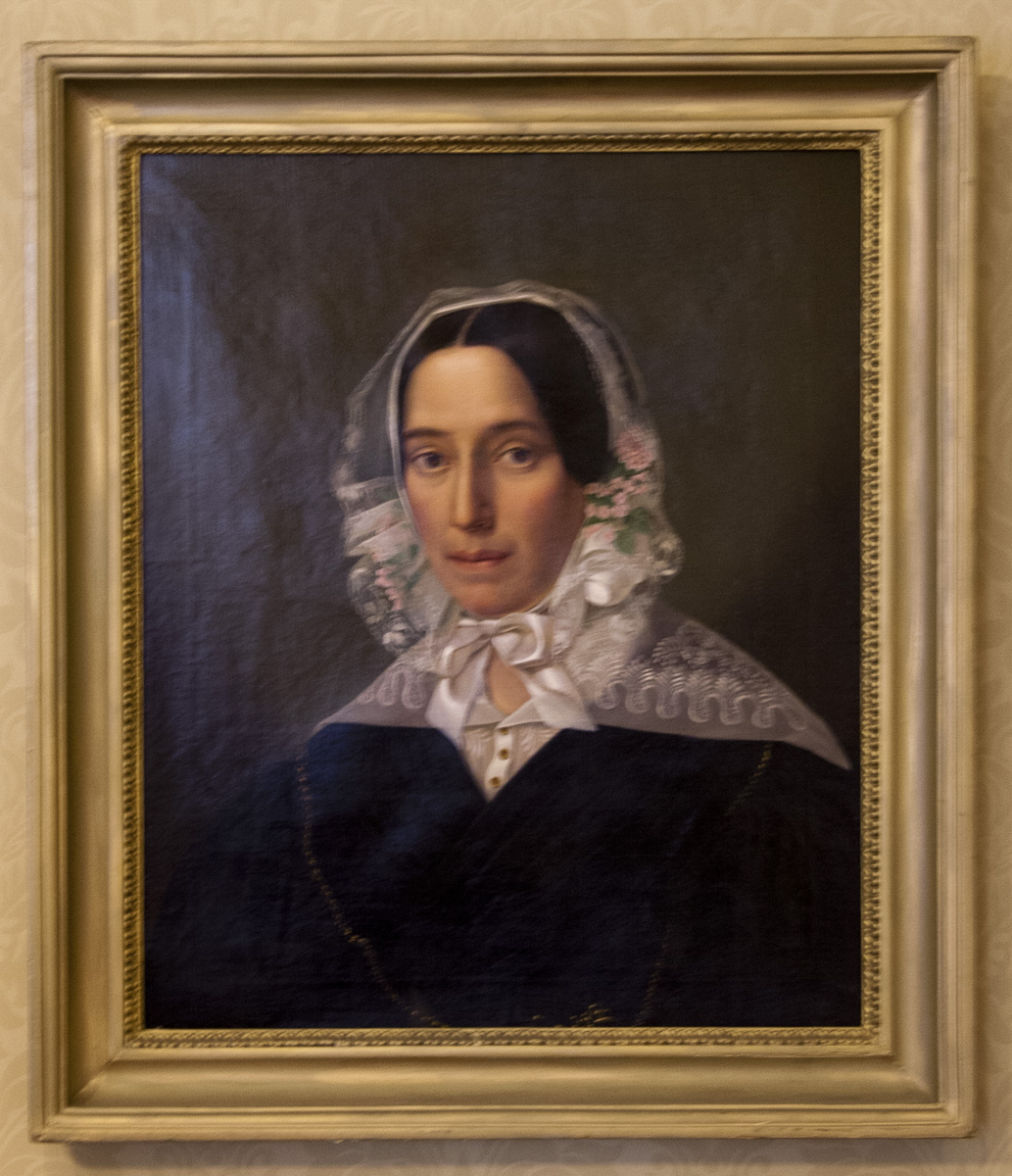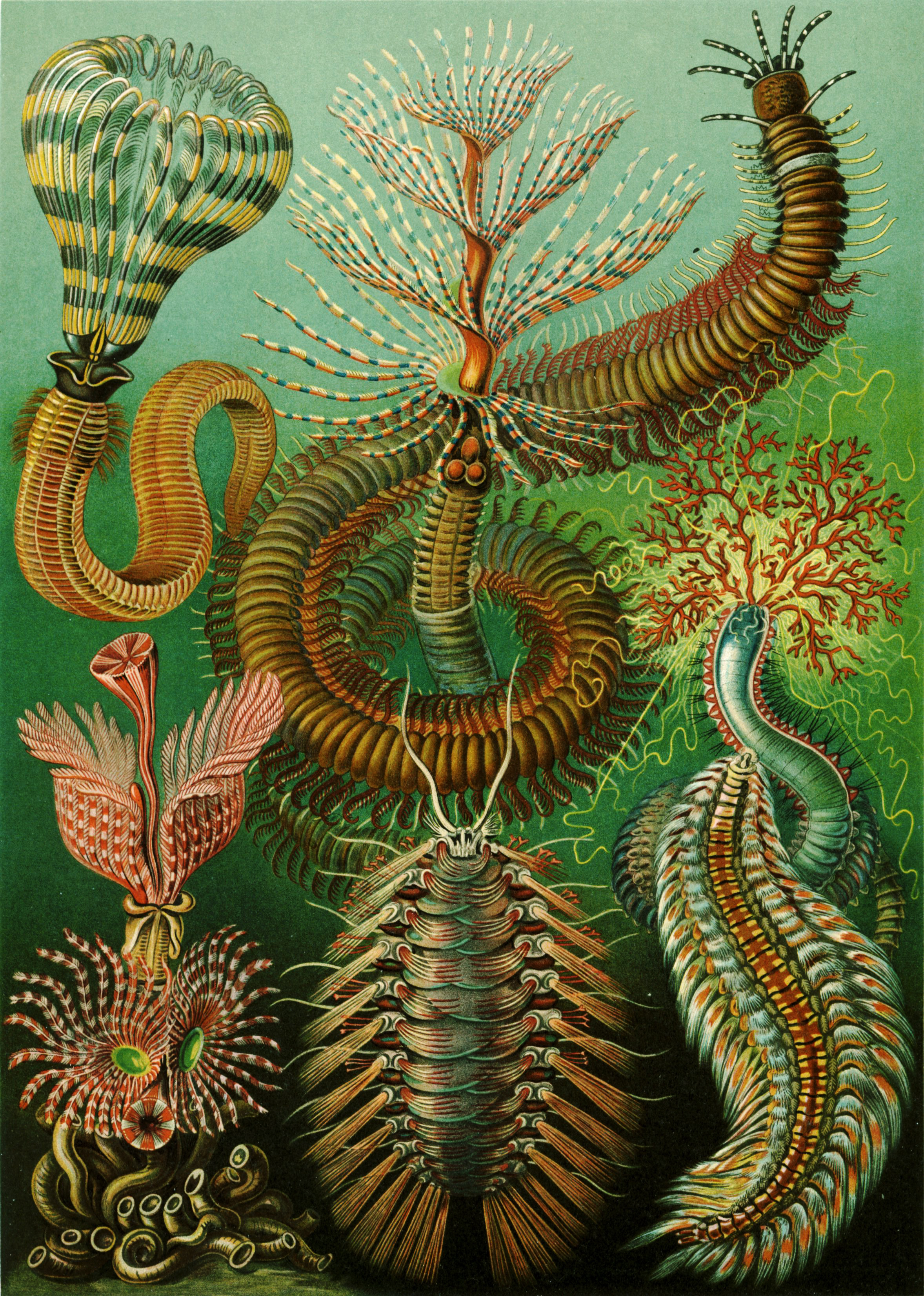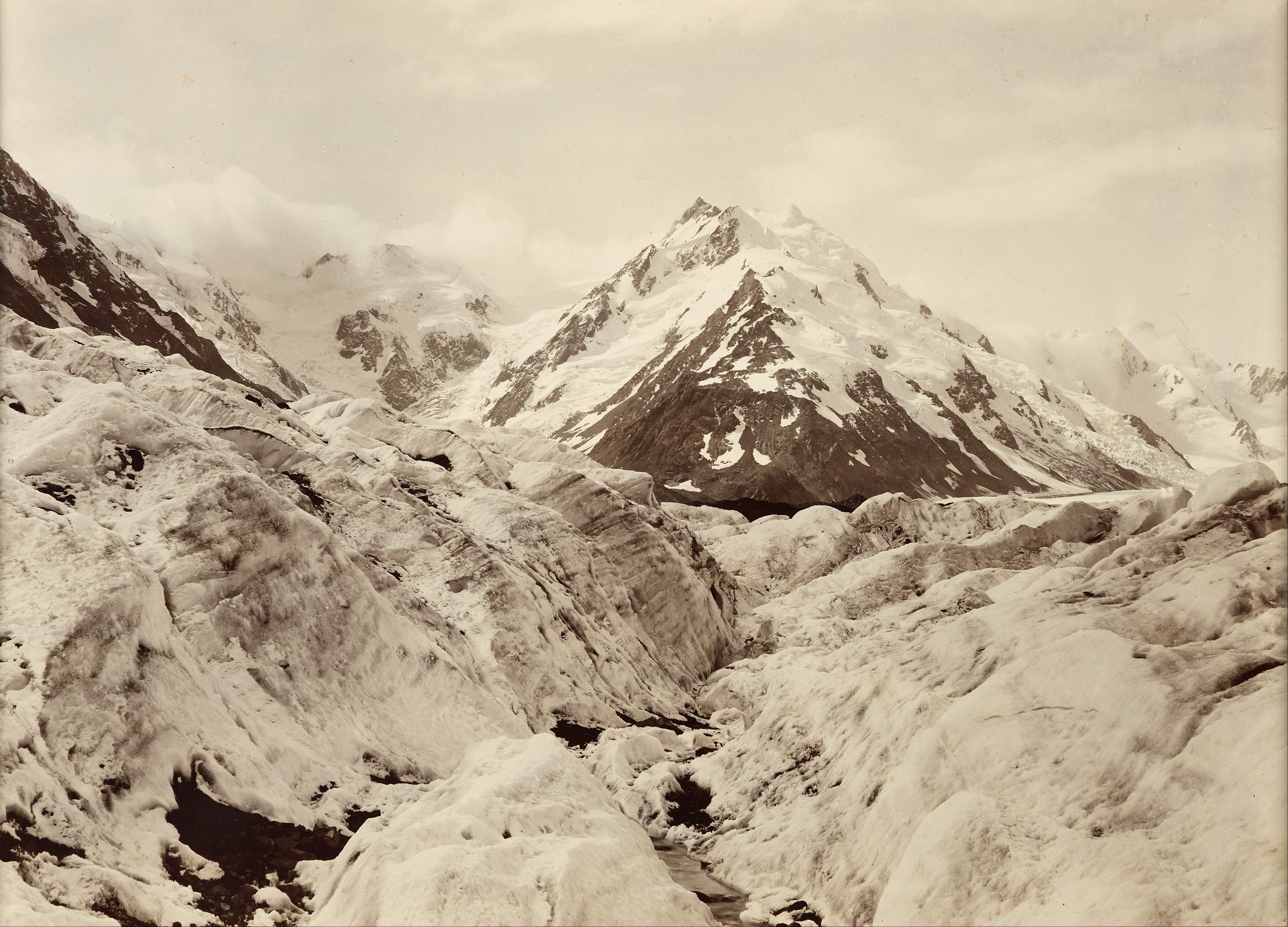|
The Structure And Distribution Of Coral Reefs
''The Structure and Distribution of Coral Reefs, Being the first part of the geology of the voyage of the Beagle, under the command of Capt. Fitzroy, R.N. during the years 1832 to 1836'', was published in 1842 as Charles Darwin's first monograph, and set out his theory of the formation of coral reefs and atolls. He conceived of the idea during the voyage of the ''Beagle'' while still in South America, before he had seen a coral island, and wrote it out as HMS ''Beagle'' crossed the Pacific Ocean, completing his draft by November 1835. At the time there was great scientific interest in the way that coral reefs formed, and Captain Robert FitzRoy's orders from the Admiralty included the investigation of an atoll as an important scientific aim of the voyage. FitzRoy chose to survey the Keeling Islands in the Indian Ocean. The results supported Darwin's theory that the various types of coral reefs and atolls could be explained by uplift and subsidence of vast areas of the Ea ... [...More Info...] [...Related Items...] OR: [Wikipedia] [Google] [Baidu] |
Canton Island
Canton Island (also known as Kanton or Abariringa), previously known as Mary Island, Mary Balcout's Island or Swallow Island, is the largest, northernmost, and , the sole inhabited island of the Phoenix Islands, in the Republic of Kiribati. It is an atoll located in the South Pacific Ocean roughly halfway between Hawaii and Fiji. The island is a narrow ribbon of land around a lagoon; an area of . Canton's closest neighbour is the uninhabited Enderbury Island, west-southwest. The capital of Kiribati, South Tarawa, lies to the west. , the population was 20, down from 61 in 2000. The island's sole village is called Tebaronga. Kiribati declared the Phoenix Islands Protected Area in 2006, with the park being expanded in 2008. The marine reserve contains eight coral atolls, including Canton. Because it is inhabited, management of Canton Island is described in the Canton Resource Use Sustainability Plan (KRUSP), which covers a radius around the atoll. Over 50% of the island a ... [...More Info...] [...Related Items...] OR: [Wikipedia] [Google] [Baidu] |
Atoll Forming
An atoll () is a ring-shaped island, including a coral rim that encircles a lagoon partially or completely. There may be coral islands or cays on the rim. Atolls are located in warm tropical or subtropical oceans and seas where corals can grow. Most of the approximately 440 atolls in the world are in the Pacific Ocean. Two different, well-cited models, the subsidence and antecedent karst models, have been used to explain the development of atolls.Droxler, A.W. and Jorry, S.J., 2021. ''The Origin of Modern Atolls: Challenging Darwin's Deeply Ingrained Theory.'' ''Annual Review of Marine Science'', 13, pp.537-573. According to Charles Darwin's ''subsidence model'', the formation of an atoll is explained by the subsidence of a volcanic island around which a coral fringing reef has formed. Over geologic time, the volcanic island becomes extinct and eroded as it subsides completely beneath the surface of the ocean. As the volcanic island subsides, the coral fringing reef becomes a ... [...More Info...] [...Related Items...] OR: [Wikipedia] [Google] [Baidu] |
Robert Edmond Grant
Robert Edmond Grant MD FRCPEd FRS FRSE FZS FGS (11 November 1793 – 23 August 1874) was a British anatomist and zoologist. Life Grant was born at Argyll Square in Edinburgh (demolished to create Chambers Street), the son of Alexander Grant WS, and his wife, Jane Edmond. He was educated at the High School in Edinburgh then studied Medicine at Edinburgh University. Having obtained his MD at Edinburgh in 1814, Grant gave up medical practice in favour of marine biology and the zoology of invertebrates, living on a legacy from his father. As a materialist and freethinker, and politically radical, he was open to ideas in biology that were considered subversive in the climate of opinion prevailing in Britain after the Napoleonic Wars. He cited Erasmus Darwin's ''Zoönomia'' in his doctoral dissertation, a work which introduced the idea of evolution in poetical form. In 1824 he was elected a Fellow of the Royal Society of Edinburgh his proposer being Dr John Barclay. He became ... [...More Info...] [...Related Items...] OR: [Wikipedia] [Google] [Baidu] |
Anatomy
Anatomy () is the branch of biology concerned with the study of the structure of organisms and their parts. Anatomy is a branch of natural science that deals with the structural organization of living things. It is an old science, having its beginnings in prehistoric times. Anatomy is inherently tied to developmental biology, embryology, comparative anatomy, evolutionary biology, and phylogeny, as these are the processes by which anatomy is generated, both over immediate and long-term timescales. Anatomy and physiology, which study the structure and function of organisms and their parts respectively, make a natural pair of related disciplines, and are often studied together. Human anatomy is one of the essential basic sciences that are applied in medicine. The discipline of anatomy is divided into macroscopic and microscopic. Macroscopic anatomy, or gross anatomy, is the examination of an animal's body parts using unaided eyesight. Gross anatomy also includes the br ... [...More Info...] [...Related Items...] OR: [Wikipedia] [Google] [Baidu] |
Marine Invertebrate
Marine invertebrates are the invertebrates that live in marine habitats. Invertebrate is a blanket term that includes all animals apart from the vertebrate members of the chordate phylum. Invertebrates lack a vertebral column, and some have evolved a shell or a hard exoskeleton. As on land and in the air, marine invertebrates have a large variety of body plans, and have been categorised into over 30 phyla. They make up most of the macroscopic life in the oceans. Evolution The earliest animals were marine invertebrates, that is, vertebrates came later. Animals are multicellular eukaryotes, and are distinguished from plants, algae, and fungi by lacking cell walls. Marine invertebrates are animals that inhabit a marine environment apart from the vertebrate members of the chordate phylum; invertebrates lack a vertebral column. Some have evolved a shell or a hard exoskeleton. The earliest animals may belong to the genus '' Dickinsonia'', 571 million to 539 million years ago ... [...More Info...] [...Related Items...] OR: [Wikipedia] [Google] [Baidu] |
University Of Edinburgh
The University of Edinburgh ( sco, University o Edinburgh, gd, Oilthigh Dhùn Èideann; abbreviated as ''Edin.'' in post-nominals) is a public research university based in Edinburgh, Scotland. Granted a royal charter by King James VI in 1582 and officially opened in 1583, it is one of Scotland's four ancient universities and the sixth-oldest university in continuous operation in the English-speaking world. The university played an important role in Edinburgh becoming a chief intellectual centre during the Scottish Enlightenment and contributed to the city being nicknamed the "Athens of the North." Edinburgh is ranked among the top universities in the United Kingdom and the world. Edinburgh is a member of several associations of research-intensive universities, including the Coimbra Group, League of European Research Universities, Russell Group, Una Europa, and Universitas 21. In the fiscal year ending 31 July 2021, it had a total income of £1.176 billion, of w ... [...More Info...] [...Related Items...] OR: [Wikipedia] [Google] [Baidu] |
Volcanic Crater
A volcanic crater is an approximately circular depression in the ground caused by volcanic activity. It is typically a bowl-shaped feature containing one or more vents. During volcanic eruptions, molten magma and volcanic gases rise from an underground magma chamber, through a conduit, until they reach the crater's vent, from where the gases escape into the atmosphere and the magma is erupted as lava. A volcanic crater can be of large dimensions, and sometimes of great depth. During certain types of explosive eruptions, a volcano's magma chamber may empty enough for an area above it to subside, forming a type of larger depression known as a caldera. Geomorphology In most volcanoes, the crater is situated at the top of a mountain formed from the erupted volcanic deposits such as lava flows and tephra. Volcanoes that terminate in such a summit crater are usually of a conical form. Other volcanic craters may be found on the flanks of volcanoes, and these are commonly referred ... [...More Info...] [...Related Items...] OR: [Wikipedia] [Google] [Baidu] |
Charles Lyell
Sir Charles Lyell, 1st Baronet, (14 November 1797 – 22 February 1875) was a Scottish geologist who demonstrated the power of known natural causes in explaining the earth's history. He is best known as the author of '' Principles of Geology'' (1830–33), which presented to a wide public audience the idea that the earth was shaped by the same natural processes still in operation today, operating at similar intensities. The philosopher William Whewell termed this gradualistic view " uniformitarianism" and contrasted it with catastrophism, which had been championed by Georges Cuvier and was better accepted in Europe. The combination of evidence and eloquence in ''Principles'' convinced a wide range of readers of the significance of "deep time" for understanding the earth and environment. Lyell's scientific contributions included a pioneering explanation of climate change, in which shifting boundaries between oceans and continents could be used to explain long-term variati ... [...More Info...] [...Related Items...] OR: [Wikipedia] [Google] [Baidu] |
Frederick William Beechey
Frederick William Beechey (17 February 1796 – 29 November 1856) was an English naval officer, artist, explorer, hydrographer and writer. Life and career He was the son of two painters, Sir William Beechey, RA and his second wife, Anne Jessop.John Wilson, 'Beechey, Sir William (1753–1839)’, Oxford Dictionary of National Biography, Oxford University Press, 2004; online edn, Oct 200accessed 2 May 2017/ref> Born in London on 17 February 1796, he entered the Royal Navy at the age of 10 under the command of John Jervis, 1st Earl of St Vincent. He was promoted to midshipman on February 8 1807 and saw active service during the War of 1812. He served in the Battle of New Orleans. Because of this, he was promoted to 2nd lieutenant on March 10 1815 In early 1818, and now a lieutenant, Beechey sailed on HMS ''Trent'' under Lieutenant John Franklin in David Buchan's Arctic expedition, of which at a later period he published a narrative. In the following year he accompanied Li ... [...More Info...] [...Related Items...] OR: [Wikipedia] [Google] [Baidu] |
Henry De La Beche
Sir Henry Thomas De la Beche KCB, FRS (10 February 179613 April 1855) was an English geologist and palaeontologist, the first director of the Geological Survey of Great Britain, who helped pioneer early geological survey methods. He was the first President of the Palaeontographical Society. Biography De la Beche was born in Welbeck Street, Cavendish Square, London. He was the only son of Thomas De la Beche (1755–1801) and his wife, Elizabeth. The family name was originally Beach, but his father changed it to create a fictional connection with the medieval Barons De la Beche of Aldworth, Berkshire. His father served as a brevet major (later lieutenant-colonel) in the Norfolk Yeomanry, a regiment of fencibles in the British Army, and was a slave owner with an estate in Jamaica. In 1800 the family travelled to the plantation in Jamaica when Thomas inherited the estate and his father died there in the following year. Mother and son returned to England, having been shipwrecke ... [...More Info...] [...Related Items...] OR: [Wikipedia] [Google] [Baidu] |
Organisms
In biology, an organism () is any living system that functions as an individual entity. All organisms are composed of cells ( cell theory). Organisms are classified by taxonomy into groups such as multicellular animals, plants, and fungi; or unicellular microorganisms such as protists, bacteria, and archaea. All types of organisms are capable of reproduction, growth and development, maintenance, and some degree of response to stimuli. Beetles, squids, tetrapods, mushrooms, and vascular plants are examples of multicellular organisms that differentiate specialized tissues and organs during development. A unicellular organism may be either a prokaryote or a eukaryote. Prokaryotes are represented by two separate domains – bacteria and archaea. Eukaryotic organisms are characterized by the presence of a membrane-bound cell nucleus and contain additional membrane-bound compartments called organelles (such as mitochondria in animals and plants and p ... [...More Info...] [...Related Items...] OR: [Wikipedia] [Google] [Baidu] |
Joseph Paul Gaimard
Joseph Paul Gaimard (31 January 1793 – 10 December 1858) was a French naval surgeon and naturalist. Biography Gaimard was born at Saint-Zacharie on January 31, 1793. He studied medicine at the naval medical school in Toulon, subsequently earning his qualifications as a naval surgeon. Along with Jean René Constant Quoy, he served as naturalist on the ships ''L'Uranie'' under Louis de Freycinet 1817–1820, and ''L'Astrolabe'' under Jules Dumont d'Urville 1826–1829.Google Books Discovery of Australia's Fishes: A History of Australian Ichthyology to 1930 by Brian Saunders During this voyage they discovered the now extinct giant skink of |






_Named_(HR).png)



